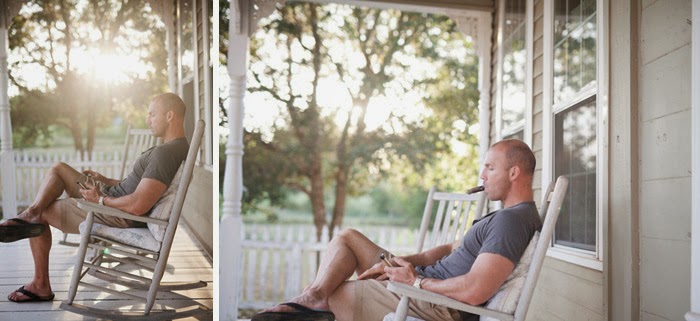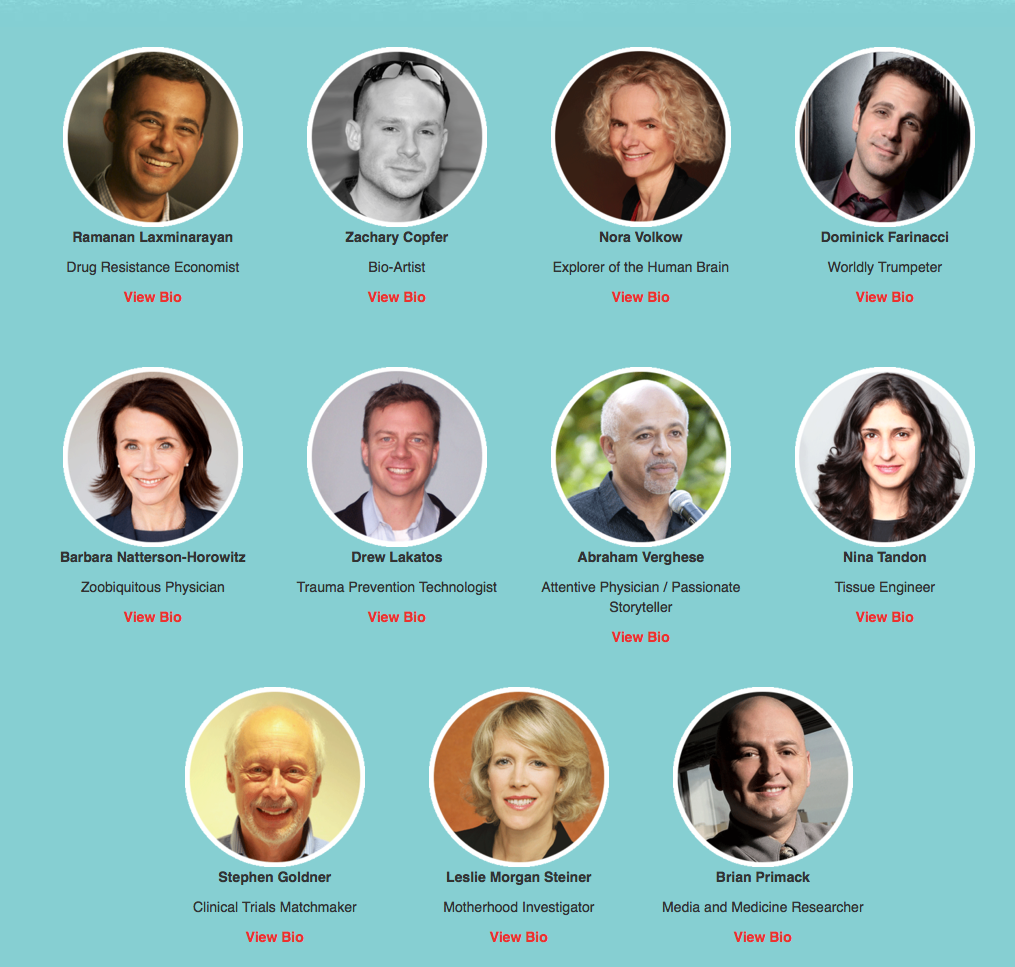Well, I saw this Tweet the other day
This meeting is a complete disgrace and an embarassment for the field of evolutionary biology, for the University of Cambridge which is hosting the meeting, and for the Templeton Foundation which is sponsoring it.
Why do I say this? Well, pretty simple actually. The meeting site lists theInvited Keynote speakers for the meeting. Notice anything? How about I help you by bringing all the pictures together.
Notice anything now? How about I help you some more by masking out the men and not the women.
For more on this and related issues
Posts on Women in STEM
Another for @phylogenomics's list of YAMMMs (Yet Another Mostly Male Mtg). Ratio = 1F speaker to 23M speakers. http://t.co/qgEfwtBS2B
— Hopi Hoekstra (@hopihoekstra) September 16, 2014 And though there was a bit of a discussion on Twitter I felt I had to follow up with a blog post. When I saw the post I was at a conference (Lake Arrowhead Microbial Genomes) where I could get Twitter access but for some reason very little web access. So I could not dig around until now (I am home). This meeting is a complete disgrace and an embarassment for the field of evolutionary biology, for the University of Cambridge which is hosting the meeting, and for the Templeton Foundation which is sponsoring it.
Why do I say this? Well, pretty simple actually. The meeting site lists the
Notice anything now? How about I help you some more by masking out the men and not the women.
Impressive no? 25 speakers - 23 of them male. I guess that means there are no qualified female speakers who coudl discuss something about evolution right? It would be worth reading "Fewer invited talks bu women in evolutionary biology symposia" to get some context. What an incredible, disgusting, distasteful and disgraceful meeting.
I recommend to everyone who was considering going to this meeting - skip it. Also consider writing to the University of Cambirdge and the Templeton Foundation to express your thoughts about the meeting. This certainly is a fine example of Yet Another Mostly Male Meeting (YAMMM). Well, maybe I should word that differently - this is a disgusting example of a YAMMM.
For more on this and related issues
Also see
See meeting w/ severely bad speaker gender ratio but don't feel comfortable posting?send me details & I will post phylogenomics@me.com
— Jonathan Eisen (@phylogenomics) September 19, 2014

















































